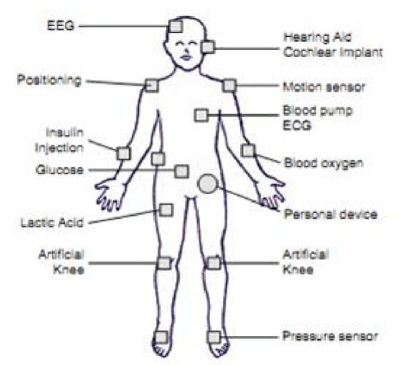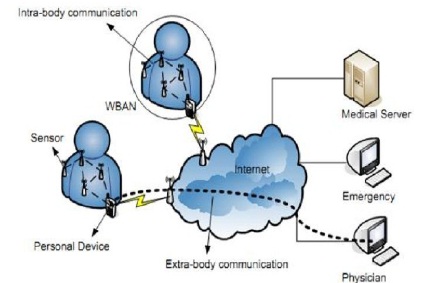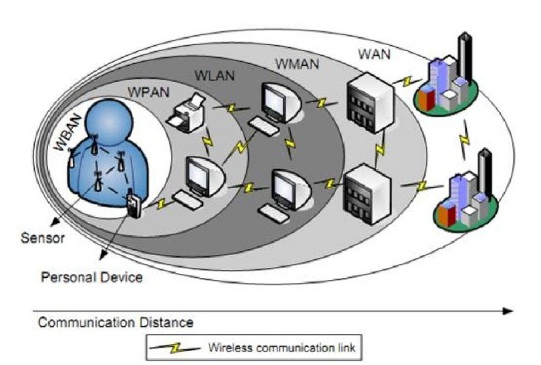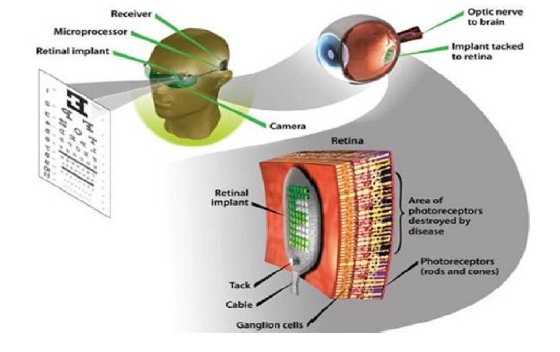Mota Smart Ring
Balancing work and life is never easy. Smartphones promised to help, but they've become almost too helpful. Smartphone notifications have proliferated to the point of almost being out of control. Apps, too, compete for your attention. Almost anything or anyone can use your phone to intrude on your time. The MOTA SmartRing wirelessly connects to your SmartPhone and updates you on only the notifications you want, right at your fingertips.
The MOTA SmartRing cuts through the clutter, giving you newfound freedom over your connected life. You alone decide with whom and with what you want to connect.
The Smart Ring's companion app for Android and iOS devices allows
ultra fine-grained control of notifications to be displayed on the ring.
Low energy Bluetooth 4.0 communications provides a stable connection
between your phone and your SmartRing.
The ring lets you scroll through text at your own speed. Whoever your VIPs are, you’ll ensure you never miss another text, email, or phone call from them again!
The ring lets you scroll through text at your own speed. Whoever your VIPs are, you’ll ensure you never miss another text, email, or phone call from them again!
Customize your ring to notify you only of a select few if you're
crunching low on time. Expand your circle of contacts for when don't
mind being in touch with the world. The MOTA SmartRing gives you back
the most precious thing of all: time.
Charging this ring is as easy as taking it off and putting it down.
The MOTA SmartRing allows you to stay wire-free, charging your
SmartRing via its charging station. Simply place your ring on top of the
inductive wireless charging station, and let the ring top itself off.

The SmartRing lets you assign specific alerts to your key contacts, so you can know who's trying to reach you without even looking at your phone.
Picture yourself in a meeting where answering a phone call would be impolite. No worries, you can customize your phone to alert you only when necessary, and read the alerts right from your ring, not even having to take out your phone. The MOTA SmartRing helps you streamline your life . Even with your phone buried in a bag or purse, you can still be updated on all your incoming text messages, right from your SmartRing.

Never lose your inner fashionista. This SmartRing initially comes in beautiful midnight black and pearl white. Its sleek simple look blends in perfectly with your look, whether you're on Madison Avenue or Venice Beach.
This SmartRing is as rugged as it is sleek, engineered to withstand day-to-day wears and tears. It's shock and water resistant and its bright screen is readable even outdoors.


Initially, the SmartRing will ship with support Android® and IOS enabled devices (e.g iPhone®) with calls, text messages, email, and calendar notification. We are also working on popular social networking notifications such as Facebook® and Twitter®. We will continue to move further if you love the SmartRing enough, where you can help us extend it to your favorite apps.
If you love the SmartRing enough, help us extend it to your favorite apps. This SmartRing is also designed to go with you wherever you go. This feather-light ring will become part of your daily life, and soon, you won’t be able to live without it!




